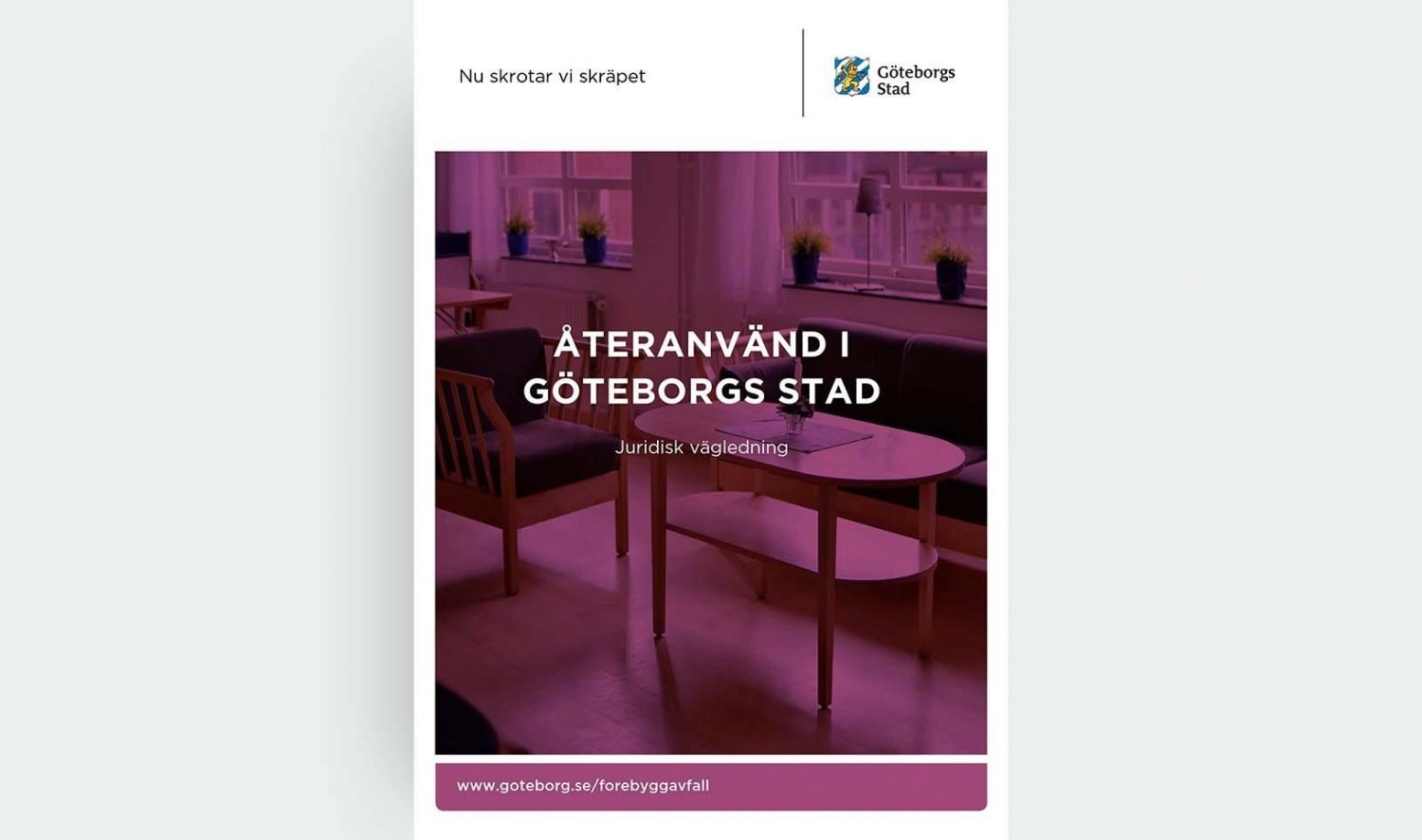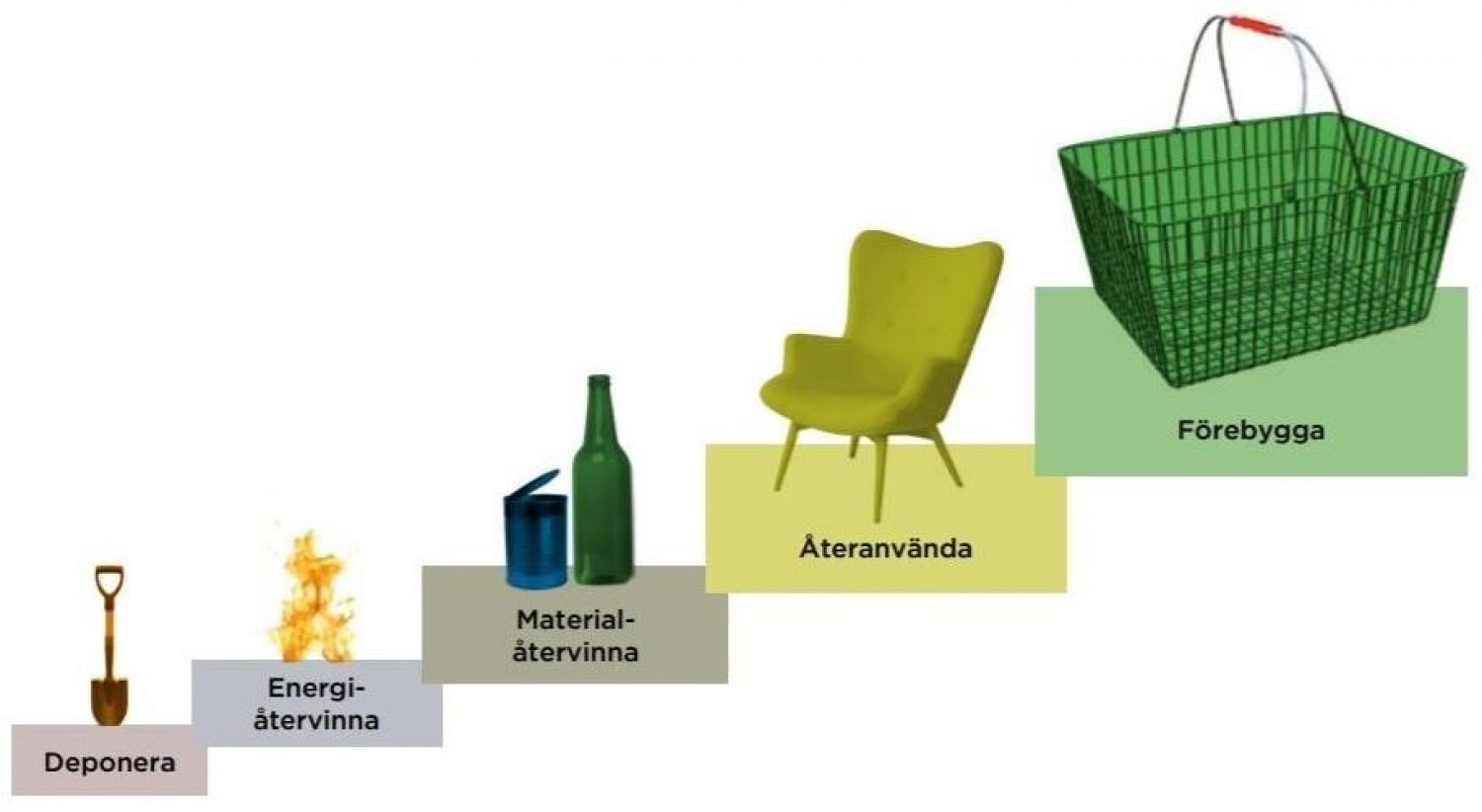Circular economy is on the agenda of everyone in the building and real estate industry. Still the amount of building waste that goes to material recycling is now lower than it ever was. According to SSB , the portion of building waste that was disposed the past year, has increased by 10% from 2016 to 2018. While 40% of the total amount of waste came from demolition of buildings.
Although some individuals, companies and institutions carry out reuse-projects on their own initiative, the is still a lot of uncertainty when it comes to legal legislation and it is still an obstacle for many. However, reuse can be simple and profitable if you plan ahead and lay foundations for the possibility of reusing by having some simple guidelines to follow.

In 2018, the municipality of Gothenburg published a Legal Guidance on Reuse: Återanvänd i Göteborgs stad developed by Kretslopp och vatten (Cycle and Water) with the support of lawyers at the City Management Office and the Administration Inköp och upphandling (Purchasing and Procurement). The study deals with the reuse of everything from equipment and fixtures to furniture and building materials. The guide explains the regulations for donation, purchase / sale, repair and re-designing within the municipality and externally.
One of the concepts explained in the report is, among other things, the "Waste Staircase" which is part of Sweden and EU legislation. This is a model that illustrates different levels of climate savings in waste management. At the bottom of the staircase is landfilling, then energy extraction, material recycling, reuse and finally prevention.

Illustration: View here
Although many Norwegian companies and institutions have ambitions of sustainable development, many still take the seemingly “easiest way out” by using and then throwing away. It can be easy to forget that one is in possession of huge resources in the form of already existing materials and inventory.
Today we have no similar legal guidance developed by the government in Norway. Since the same EEA regulations that apply to reuse in Sweden also applies to Norway, Gothenburg's guidance can be used as a study for public Norwegian organisations, such as municipalities. By informing about the possibilities of reusing, one will be able to significantly simplify the circular process. It is time that we get re-use on the agenda as this opens for great savings in economy, construction waste and CO2, which benefits all of us.





